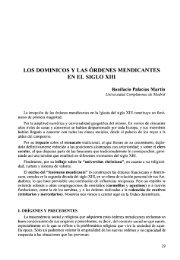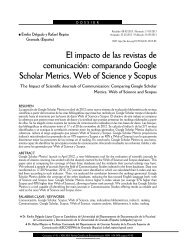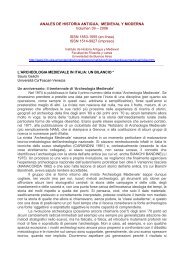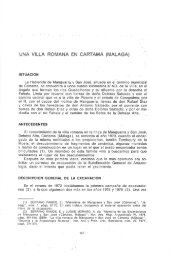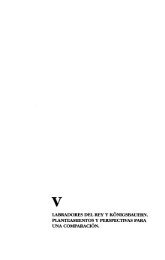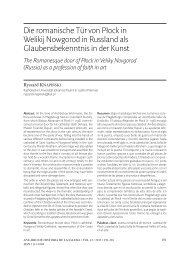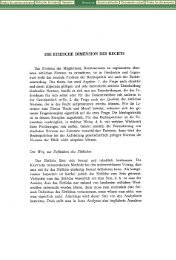Roslyn M. Frank 1.0. Introduction In the first chapter of this ... - Dialnet
Roslyn M. Frank 1.0. Introduction In the first chapter of this ... - Dialnet
Roslyn M. Frank 1.0. Introduction In the first chapter of this ... - Dialnet
Create successful ePaper yourself
Turn your PDF publications into a flip-book with our unique Google optimized e-Paper software.
116<br />
cuando lloran» (‘Mamu is today a character analogous to <strong>the</strong> bogey-man, whose<br />
presence is used to threaten small children when <strong>the</strong>y cry’). The Coco is <strong>the</strong> Spanish<br />
(Castillian) language equivalent <strong>of</strong> <strong>the</strong> asustaniños (Caro Baroja 1986: 320). 14<br />
Fig. 3. «Que viene el Coco». 15 An etching by Francisco de Goya.<br />
<strong>Roslyn</strong> M. <strong>Frank</strong><br />
Fig. 4. «El ogro más famoso y temido, ‘El Coco’». Source: www.fundacion-cajarioja.es. 16<br />
14 Cf. also http://encina.pntic.mec.es/agonza59/europeos.htm#Coco and http://www.celtiberia.net/<br />
articulo.asp?id=1470.<br />
15 [«The Coco is coming!»]<br />
16 [«The most famous and fearsome ogre, <strong>the</strong> ‘Coco.’»]



